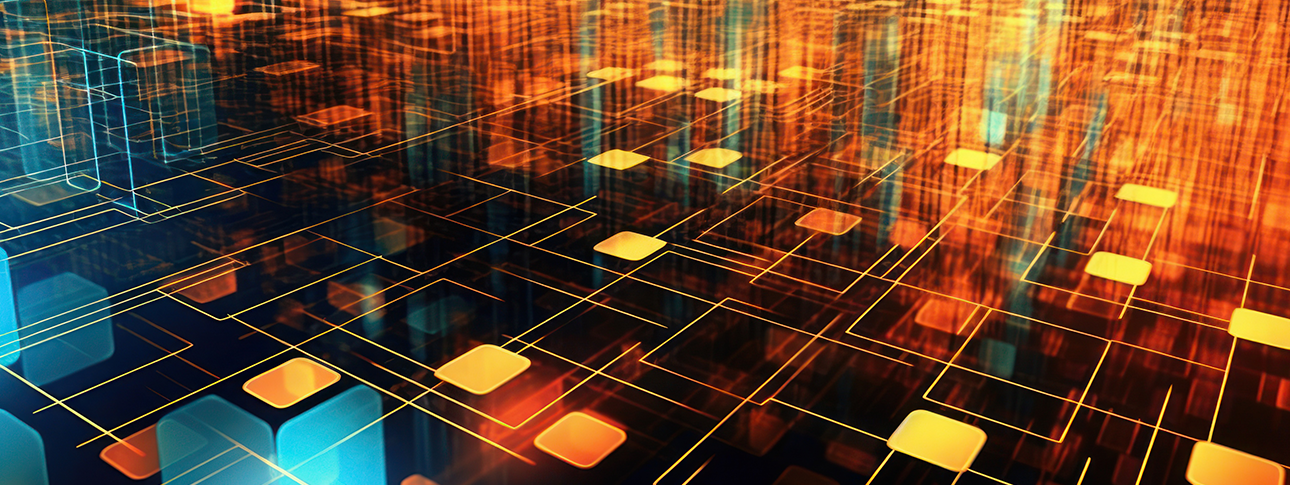
The Changing Face of AI: How More Qubits in Quantum Machines are Paving the Way




Quantum computing, once the stuff of science fiction, has been steadily gaining traction in the real world. The buzz around this technology is palpable, primarily due to its potential to tackle problems that are currently out of reach for classical computers. One of the areas where quantum computing is set to make an enormous impact is Artificial Intelligence (AI). As the number of qubits in quantum machines increase, we are on the precipice of a transformative era in AI.
Artificial Intelligence thrives on data. The more data you can process, the better your AI models. Currently, even our best supercomputers have limitations when it comes to processing the vast seas of data we generate. Quantum computers, especially those with an increasing number of qubits, can sift through this data at speeds unimaginable today.
As the bridge between AI and quantum computing strengthens, we're witnessing the rise of Quantum Machine Learning (QML). QML algorithms can process and analyze data much faster than their classical counterparts. With an increased number of qubits, these algorithms can handle more significant amounts of data, leading to more profound insights and more accurate predictions.
While the increasing number of qubits promises vast computational power, it's not without challenges:
There's a palpable excitement in the tech community about the convergence of AI and quantum computing. As quantum machines boast more qubits, we're inching closer to an era where AI can solve problems previously deemed insurmountable. Think of real-time, global-scale simulations, instantaneously optimizing large-scale logistics, or even modeling the human brain.
However, as with all transformative technologies, there are challenges to overcome. The journey of integrating the growing power of qubits into AI will require collaboration between quantum physicists, AI researchers, and industry stakeholders. While it's hard to predict the exact trajectory of this integration, one thing is clear: we're on the cusp of a revolution that could redefine what's possible in the realm of computing and artificial intelligence.
In conclusion, the increasing number of qubits in quantum machines signifies more than just technical advancement; it marks the dawn of a new era in AI, where the boundaries of what we can achieve are continually expanding. As these two titan technologies – AI and quantum computing – come together, we are poised to witness the next big leap in human innovation.